The Victoria and Albert Museum's new V&A East Storehouse in London is redefining the traditional museum visit by granting the public unprecedented access to over 250,000 objects, 350,000 books, and 1,000 archives from its extensive collection. Unlike conventional museums, visitors are encouraged to touch many items and can even book one-on-one "Order an Object" sessions to engage directly with specific artifacts, such as a 1954 Balenciaga gown or a Vivienne Westwood sweater.
Located in the city's revitalised Olympic Park, the Storehouse is part of a broader cultural district developed after the 2012 Games, aiming to engage local communities and promote transparency in museum practices. Designed by the firm behind New York's High Line, the building showcases oversized pieces like Picasso stage curtains and Mughal architecture. The site is also set to host the upcoming David Bowie Center, further enhancing its cultural significance.
Emphasising openness, the museum features displays on conservation work and allows visitors to view staff activities, aligning with its mission to make the entire national collection accessible to everyone. This innovative approach challenges traditional museum norms by fostering a more interactive and inclusive environment.
The V&A East Storehouse's commitment to accessibility and community engagement marks a significant shift in how museums can operate, potentially setting a new standard for institutions worldwide. By inviting the public to interact directly with its vast collection, the museum not only preserves cultural heritage but also makes it a living, breathing part of the community.
As the Storehouse continues to evolve, it stands as a testament to the future of museums—spaces that are not just repositories of the past but active participants in the cultural and social fabric of the present. Its innovative model may inspire other institutions to reconsider their roles and approaches, fostering a more connected and engaged public.
